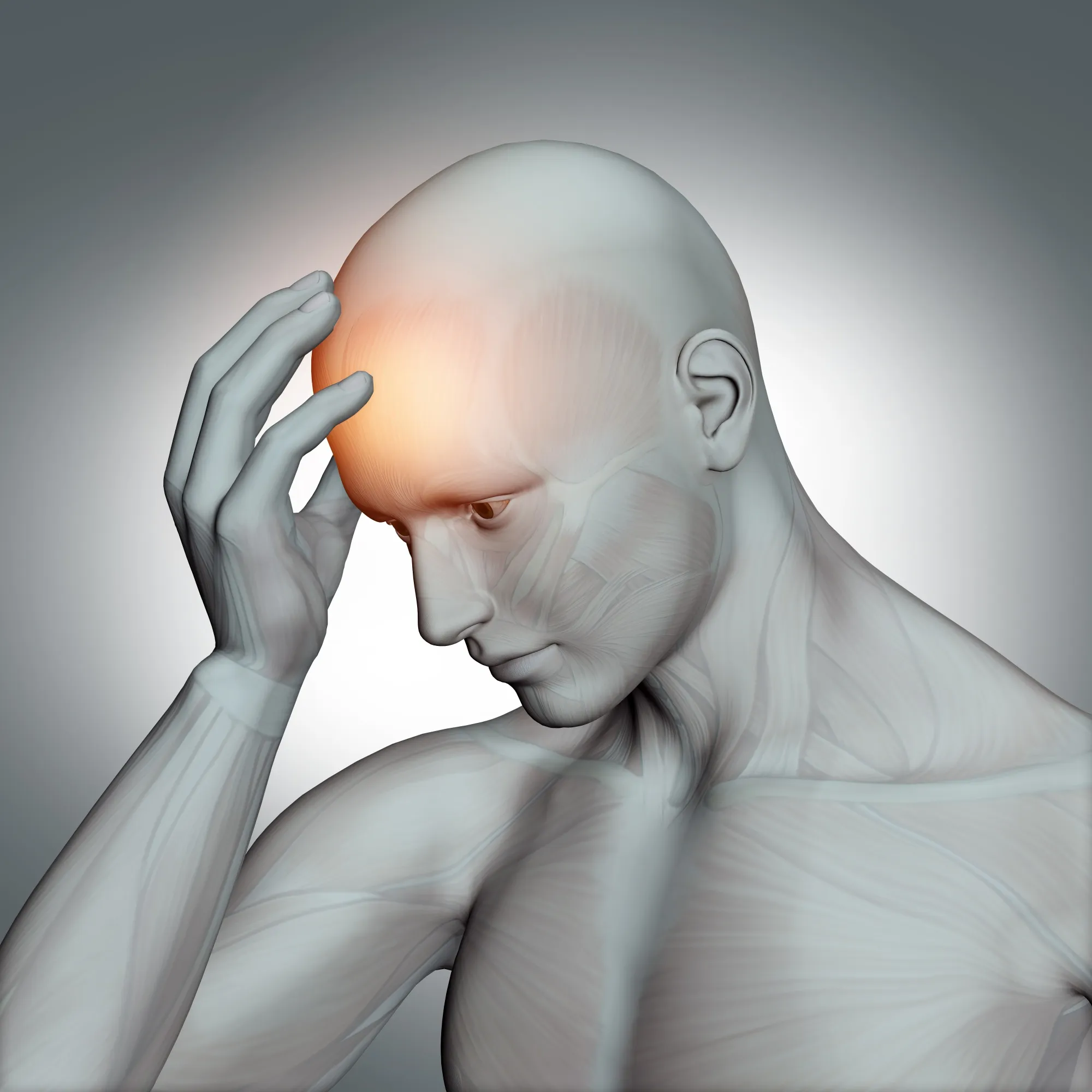In the ever-evolving scope of medical science, the understanding and treatment of intracranial aneurysms (IAs) have witnessed significant advancement, yet there remains much to be discovered about the molecular underpinnings that lead to their formation, growth, and potential rupture. Intracranial aneurysms impose a looming threat upon human health, with a global incidence rate oscillating between 0.65-8.4%. Contemporary microsurgical and interventional techniques for treating IAs have progressed; however, the persistence of high complication rates and recurrence underscores the need for a deeper grasp of their molecular mechanism. Emerging evidence underscores a profound connection between hemodynamic-induced inflammation and the evolution of IAs, necessitating a review of the biological intricacies behind this association.
Introduction to Intracranial Aneurysms
Intracranial aneurysms are pathological dilatations of cerebral arteries that can lead to calamitous outcomes should they rupture, causing subarachnoid hemorrhage and outcomes ranging from severe disability to death. While the clinical management of IAs has been subject to noteworthy progress, the quest for understanding the detailed pathophysiology extends into the realm of molecular biology, with inflammation occupying center stage.
The Hemodynamic Influence on Intracranial Aneurysms
Hemodynamics, or the flow characteristics of blood within the vessels, play a significant role in the formation of IAs. Regions of the cerebral vasculature that are exposed to perturbed flow patterns are susceptible to endothelial injury, initiating a sequence of inflammatory responses. Tang et al. (2019) provide a comprehensive examination of how hemodynamic stress leads to endothelial dysfunction and subsequent inflammatory cascades contributing to aneurysmal pathology.
Inflammation: A Central Player in IA Progression
The immune system has been implicated as a participatory factor in IA formation. The inflammatory response in the context of IAs is complex, involving a myriad of cells and signaling molecules. The dysfunction of endothelial cells instigated by irregular hemodynamics is compounded by the involvement of additional cell types such as smooth muscle cells, macrophages, and lymphocytes, each contributing to an increasingly pro-inflammatory microenvironment within the arterial wall.
Key Inflammatory Cells in IA Development
Endothelial cells, when subjected to hemodynamic stress, initiate a pro-inflammatory state that is a precursor to aneurysmal changes. Smooth muscle cells, which ordinarily confer structural integrity to blood vessels, undergo phenotypic modulation in the presence of inflammatory mediators, losing their stabilizing properties. Macrophages infiltrate the aneurysmal wall, propagating inflammation and releasing enzymes that degrade the extracellular matrix. Lymphocytes further amplify the inflammatory response through the secretion of cytokines, accelerating aneurysm growth.
Significant Cytokines and Molecular Mechanisms
Cytokines are pivotal signaling molecules in IA-related inflammation. Pro-inflammatory cytokines like TNF-α, IL-1β, and IL-6 mediate changes in vascular cells conducive to IA formation, such as increased permeability, the attraction of inflammatory cells, and degradation of the vessel wall’s structural components. Conversely, cytokines also have the potential to regulate inflammation and provide restorative signals that may halt or reverse the progression of IA damage.
Future Perspectives in Intracranial Aneurysm Treatment
Understanding the critical role of inflammation in IA initiation and progression heralds a new dawn for therapeutic interventions. Targeting specific cytokines or the cellular responses they elicit presents a promising approach to augmenting traditional surgical treatments. By mitigating the inflammatory component, it might be possible to reduce the incidence of IAs or improve outcomes for those living with these cerebrovascular anomalies.
Conclusion
This review by Tang et al. (2019) embarks on an enlightening journey through the molecular mechanisms interlinking hemodynamics, inflammation, and intracranial aneurysms, showcasing a new vantage point from which to consider clinical treatment. The intricate choreography of cells and cytokines within the inflamed cerebrovasculature constructs the foundation for future research and therapeutic strategies aiming to reduce the burden of this critical condition.
References
1. Tang, H., Luo, Y., Zuo, Q., Wang, C., Huang, Q., Zhao, R., & Liu, J. (2019). Current Understanding of the Molecular Mechanism between Hemodynamic-Induced Intracranial Aneurysm and Inflammation. Current Protein & Peptide Science, 20(8), 789–798. https://doi.org/10.2174/1389203720666190507101506
Keywords
1. Intracranial Aneurysm Inflammation
2. Hemodynamic Stress in IA
3. Cytokines and Aneurysm Growth
4. Molecular Mechanism of IA
5. Intracranial Aneurysm Treatment
